Last updated on December 7, 2023
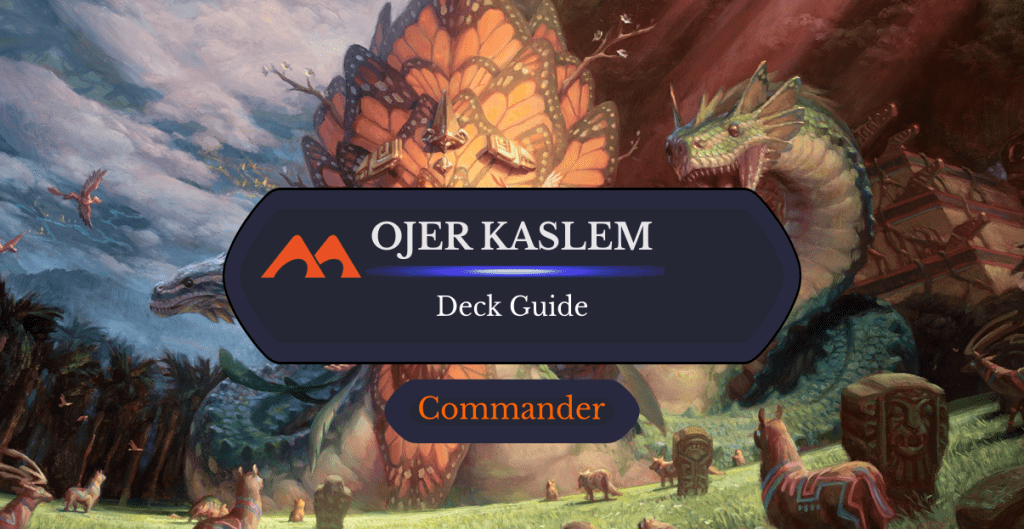
Ojer Kaslem, Deepest Growth | Illustration by Ryan Pancoast
With the introduction of The Lost Caverns of Ixalan, new legendary creatures were released, and you know that means that new commanders will be available to brew around. In this set, there’s a particular cycle of single-color gods that transform into lands whenever they die.
Let’s go over a deck built around the green one, Ojer Kaslem, Deepest Growth, and explain some of the card choices and the overall game strategy.
Without further ado, let's dive right in.
The Deck
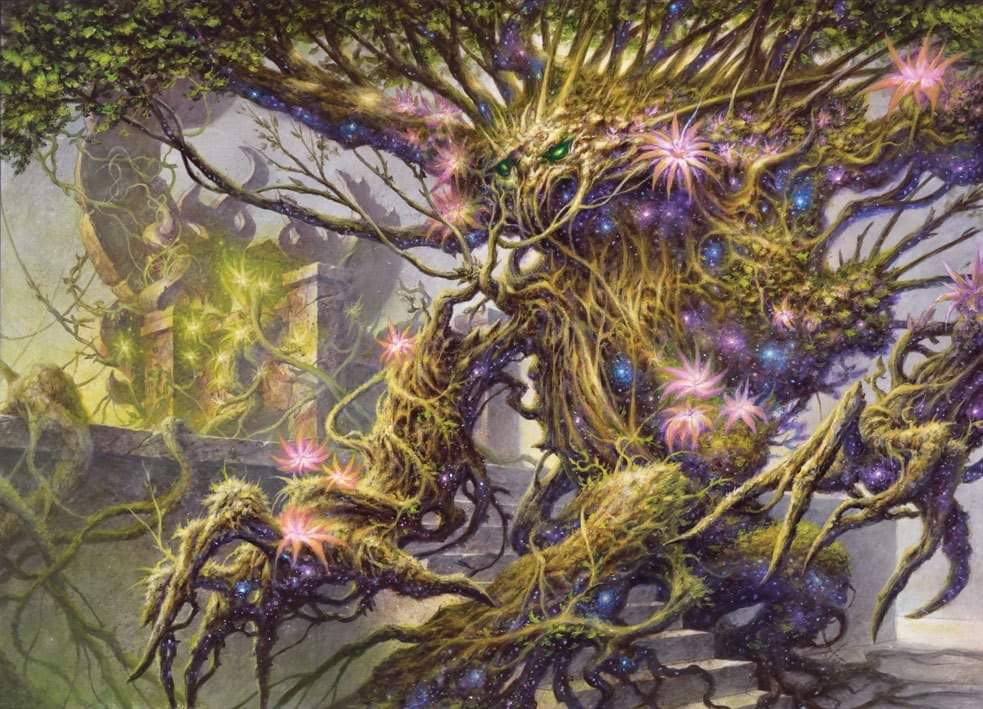
Nyxbloom Ancient | Illustration by Filip Burburan
Commander (1)
Creature (28)
Omnath, Locus of Mana
Reclamation Sage
Tireless Provisioner
Selvala, Heart of the Wilds
Topiary Stomper
Goreclaw, Terror of Qal Sisma
Garruk's Packleader
Acidic Slime
Ashaya, Soul of the Wild
Battle Mammoth
Bellowing Tanglewurm
Defiler of Vigor
God-Eternal Rhonas
Greensleeves, Maro-Sorcerer
Ohran Frostfang
Kodama of the East Tree
Rampaging Baloths
Thunderfoot Baloth
Kogla, the Titan Ape
Avenger of Zendikar
Zopandrel, Hunger Dominus
Nyxbloom Ancient
Titan of Industry
Stonehoof Chieftain
Archetype of Endurance
Terastodon
Ghalta, Stampede Tyrant
Apex Altisaur
Instant (9)
Tyvar's Stand
Tamiyo's Safekeeping
Veil of Summer
Ancient Animus
Heroic Intervention
Beast Within
Choose Your Weapon
Krosan Grip
Return of the Wildspeaker
Sorcery (15)
Primal Might
Into the North
Nature's Lore
Rampant Growth
Three Visits
Bala Ged Recovery
Cultivate
Kodama's Reach
Roar of Challenge
Skyshroud Claim
Harmonize
Traverse the Outlands
Shamanic Revelation
Rishkar's Expertise
Last March of the Ents
Enchantment (6)
Concordant Crossroads
Alpha Authority
Up the Beanstalk
Elemental Bond
Garruk's Uprising
Unnatural Growth
Artifact (6)
Sol Ring
Key to the City
Swiftfoot Boots
Horn of Greed
Whispersilk Cloak
The Great Henge
Land (35)
Blighted Woodland
Bonders' Enclave
Boseiju, Who Endures
Castle Garenbrig
Guildless Commons
Mosswort Bridge
Myriad Landscape
Nykthos, Shrine to Nyx
Oran-Rief, the Vastwood
Reliquary Tower
Rogue's Passage
Snow-Covered Forest x23
War Room
The Commander
Ojer Kaslem, Deepest Growth is a commander whose obvious role is to put big creatures into play whenever it deals combat damage.
At first glance, it seems weird as some like Craterhoof Behemoth are good pre-combat, not after, so you’re aiming for the likes of Avenger of Zendikar or Terastodon, creatures with a good ETB ability.
The other important point for this commander is that unless it gets exiled, it can’t die, as you’ll transform it into Temple of Cultivation, which then can transform back into its creature form if you have ten permanents, which by Commander standards is an easy feat to pull.
Aside from that, Kaslem is an oversized commander as a 6/5 trample creature for only 5 mana, meaning it’ll be able to get through most of the other player defenses.
The Payoffs
These are the creatures that you’ll aim to put onto the battlefield that change the game in your favor whenever they enter. Some elementary ones like Acidic Slime or Reclamation Sage are necessary evildoers that interact with your opponents permanents like artifacts, enchantments, and even lands. From there, we scale up with the likes of Kogla, the Titan Ape, Terastodon, and Titan of Industry, whose roles are essentially the same but at a bigger, considerably more powerful scale.
Cards like Avenger of Zendikar, Regal Force, and Ghalta, Stampede Tyrant are also other big creatures that are powerful individually and can take over games if they aren’t answered in a timely fashion.
The Enablers
The “problem” with commanders that are required to engage in combat is that you need to make sure you win every battle you engage in. Otherwise, the ability of your commander is significantly diminished.
One way is to play creatures like God-Eternal Rhonas or Zopandrel, Hunger Dominus, which boost your creatures' power to make the feat of winning combats easier.
Another way to “get through” rough boards is to use cards like Key to the City or Whispersilk Cloak to slip through your opponent's defenses and spin the wheel to see if there’s a good creature on the top of your deck. Rogue's Passage is another excellent card that fits perfectly in this deck, and Bellowing Tanglewurm provides a similar global effect.
The Card Advantage
Card draw, overall, is essential in any deck, and this one is no exception. Green surprisingly offers a lot of card draw effects like Harmonize and Horn of Greed. You also have cards like Garruk's Uprising and Garruk's Packleader that serve as payoffs for running big creatures, and Last March of the Ents is an excellent finisher with the right creature in play.
Interaction Spells
Interaction is critical to overcoming difficulties your opponents may put in front of you through the course of a game.
You have a couple of ways to protect your creatures in the form of Tyvar's Stand, Tamiyo's Safekeeping, and Veil of Summer. At a greater scale, Heroic Intervention works fine at protecting your entire board from destroy effects.
From there, you’ve got spells like Primal Might to clean some pesky creatures, and Choose Your Weapon is excellent in this deck as it can serve as removal or a very efficient combat trick along with your commander.
The likes of Krosan Grip and Beast Within can deal with other permanents that stand in your way.
Other Key Spells
There are other key spells that don't particularly fit a shared role in this deck, like Ashaya, Soul of the Wild whose main role is to expand your mana in the form of creatures. Nyxbloom Ancient triples your mana produced by lands, while Swiftfoot Boots simply protects your commander or any other creature while keeping the option to pump it with combat tricks like Tyvar's Stand. Individually, these cards are strong and can be used in pretty much every green deck.
The Mana Base
I personally like running cards like Cultivate, Into the North, or Three Visits as my preferred way to ramp rather than relying on mana rocks that tend to be targeted by artifact hate.

The only exception is Sol Ring as it's known to be busted regardless of the deck it's being used in, and given how many times it's been reprinted, it should be affordable to get.
As far as lands matter, there’s use a bunch of Snow-Covered Forests for Into the North, paired with some key lands like Nykthos, Shrine to Nyx, or Castle Garenbrig to ramp you ahead, as well as Blighted Woodland and Myriad Landscape for a similar effect.
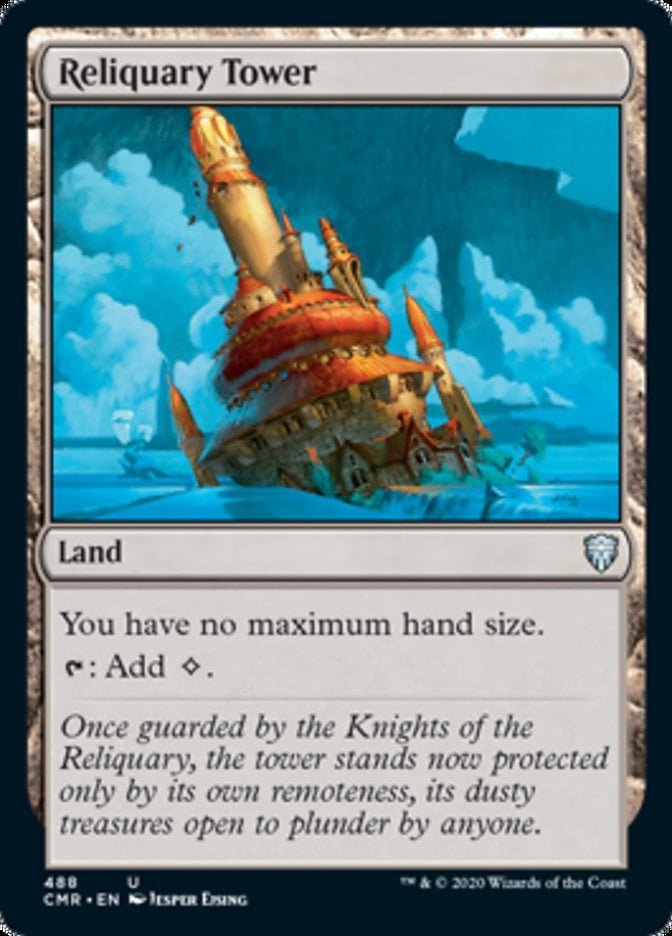
This deck also likes to draw many cards, so it relies on Reliquary Tower to prevent you from discarding to hand size.

Mosswort Bridge is a fine addition to a deck that loves playing creatures with great power.
The Strategy
The early stages of the game will rely on ramping up your mana to play your commander ahead of schedule.
While setting up, you may also try to stick cards like Elemental Bond or Horn of Greed to start drawing cards early in the match.
It’s also important to remember to protect your commander with cards like Tamiyo's Safekeeping or just surprise your opponents by giving your creatures haste.
From there, everything snowballs in your favor as you’ll likely hit some big creatures that allows you to go wide early on. Just be aware not to overcommit, as board wipes are an ever-present threat in Commander games.
Combos and Interactions
While this deck runs some cute interactions like Greensleeves, Maro-Sorcerer along with the likes of Cultivate, the real reason for it being on this deck is because it enables multiple combos. However, most of them are infinite and you would need to make your table aware of them.
Rule 0 Violations Check
The combination of Kodama of the East Tree and Guildless Commons creates multiple infinite loops alongside cards with landfall abilities.
Combining this engine with Greensleeves, Maro-Sorcerer or Rampaging Baloths results in infinite creature tokens, ETBs, and landfall triggers. Combining Kodama and Commons with Tireless Provisioner results in infinite Treasure and Food tokens, which in turn means infinite colored mana and life, as well as infinite landfall triggers for your other cards.
If you're in a pod with players who prefer not to engage with infinite combos, it's easy to cut Guildless Commons for a different land, which shuts off most of these combos. You could also cut Kodama of the East Tree, but that card's still powerful enough without comboing.
Budget Options
There are some cards that you could use as a replacement for some of the more expensive ones.
Stormkeld Vanguard is a good creature from Wilds of Eldraine that can act as hate for artifacts or enchantments, Surrak, the Hunt Caller is a cheaper version of Concordant Crossroads, End-Raze Forerunners is a cheap finisher, Primordial Sage serves as a replacement or card draw spells, and the same goes for Momentous Fall.
Wrap in Vigor and Snakeskin Veil are also budget cards that can protect your creatures, and Invasion of Zendikar, Explore and Sakura-Tribe Elder are ramp spells that costs mere cents.
Other Builds
The other way to build this deck is to take a more “creature-centric” approach, with cards like Arbor Elf, Elvish Mystic, and Llanowar Elves to ramp and more removal spells like Bite Down, Ram Through, and Master's Rebuke. Since you’ll be running a major density of creatures, you can run cards like Triumph of the Hordes, Overwhelming Stampede, and Growing Rites of Itlimoc that benefit from that.
Commanding Conclusion
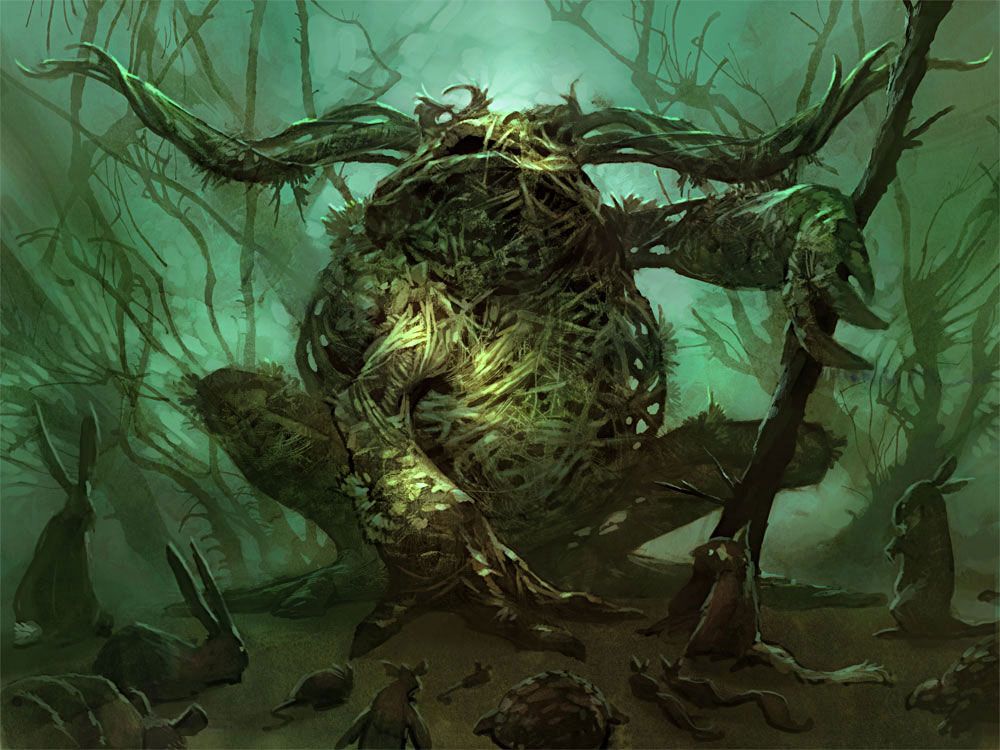
Regal Force | Illustration by Brandon Kitkouski
As you see, this is a very straightforward commander that encourages aggressive build-around and board states.
I particularly like this one because it doesn’t seem like your other conventional green decks that just want to ramp or put a lot of creatures into play but actually combine both.
Did you like the list? What changes would you make to improve it? Let me know in the comments!
If you enjoyed the list and want to dive into other fun commanders, remember to follow us on Twitter/X and join our Discord.
As always, take care, and see you next time.
Follow Draftsim for awesome articles and set updates: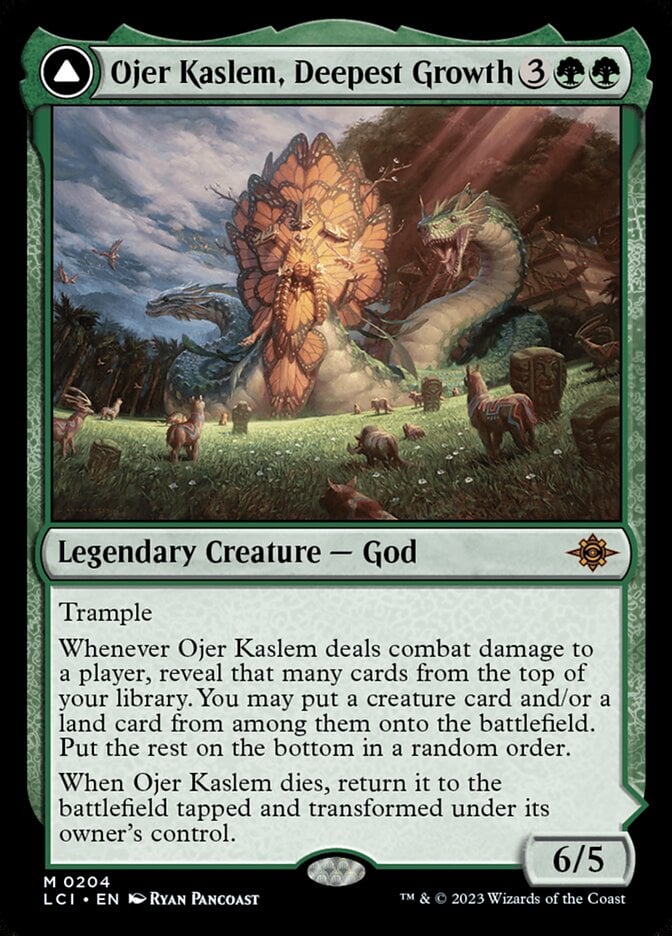

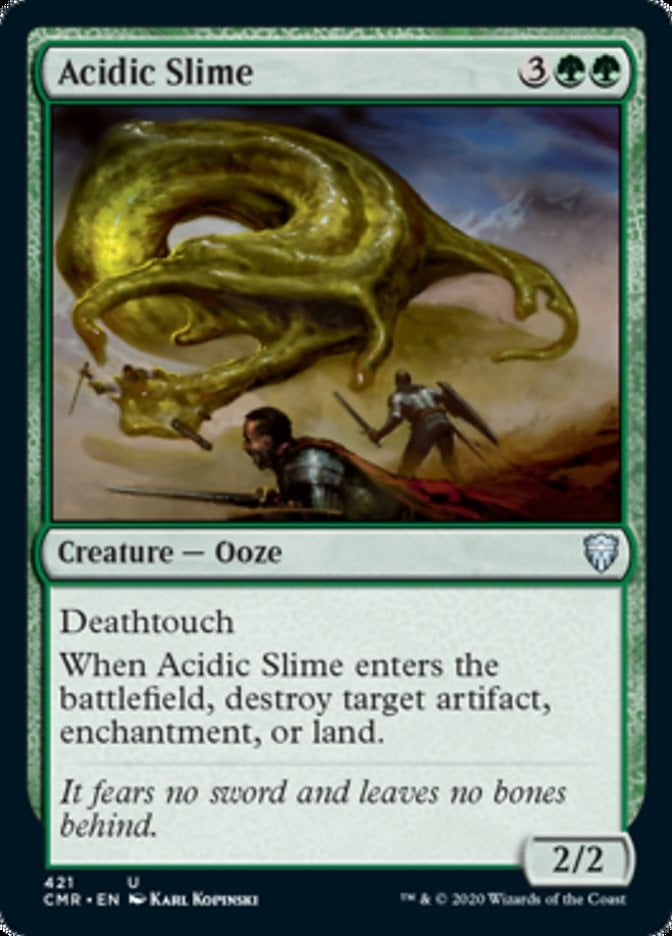

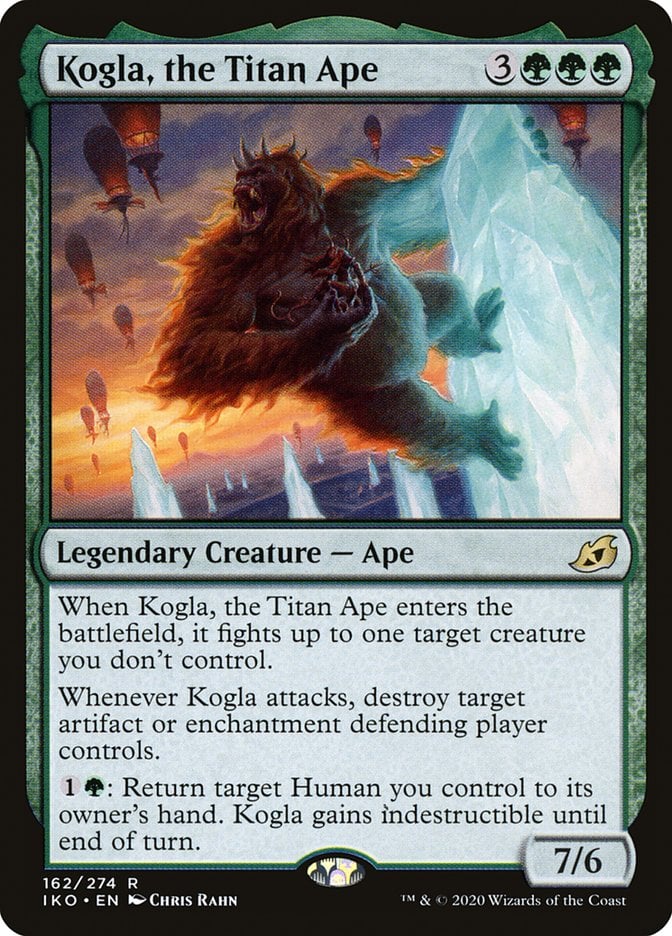
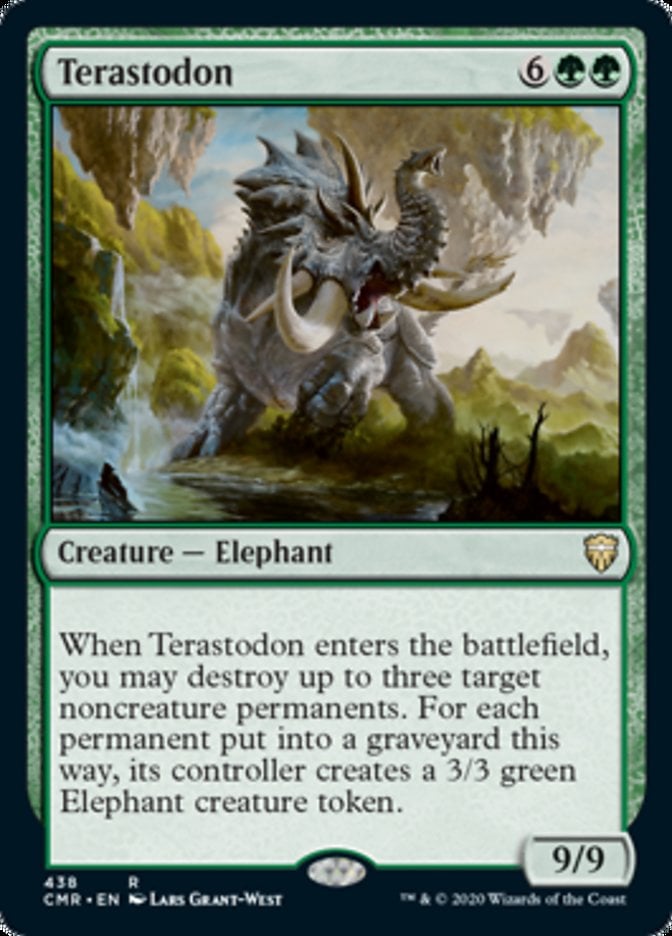
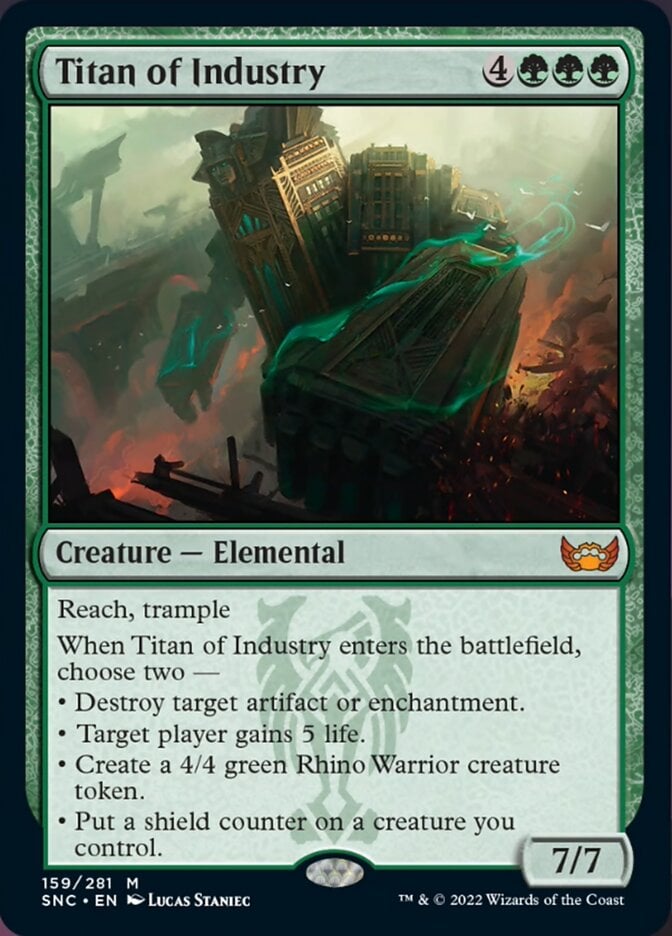

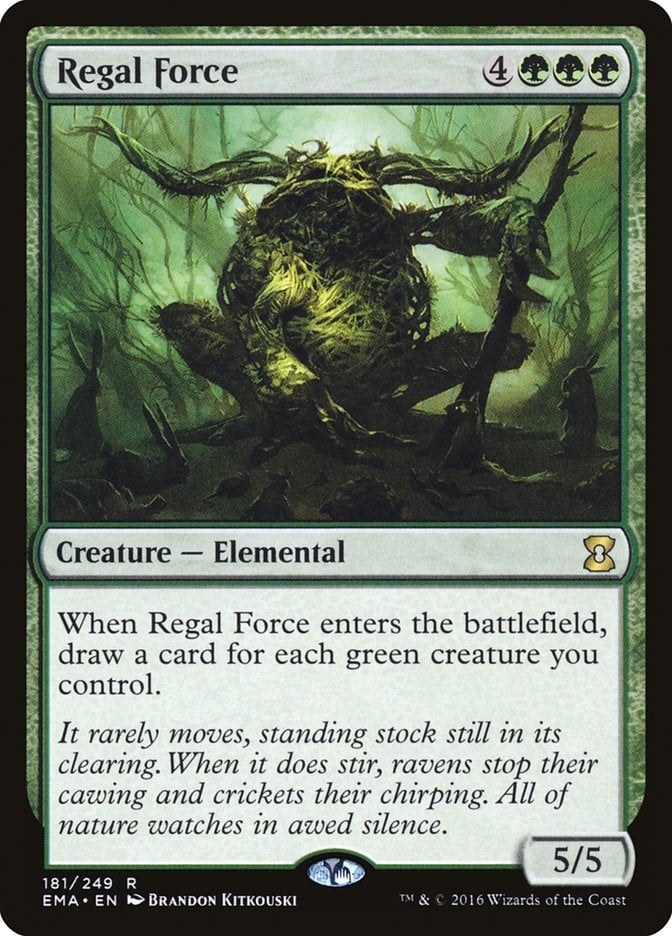
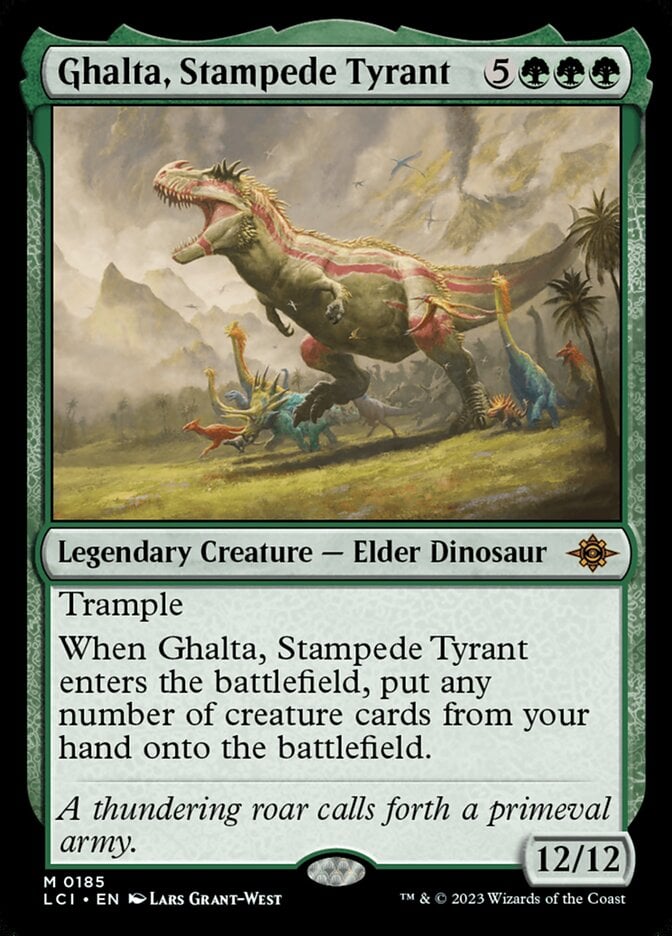
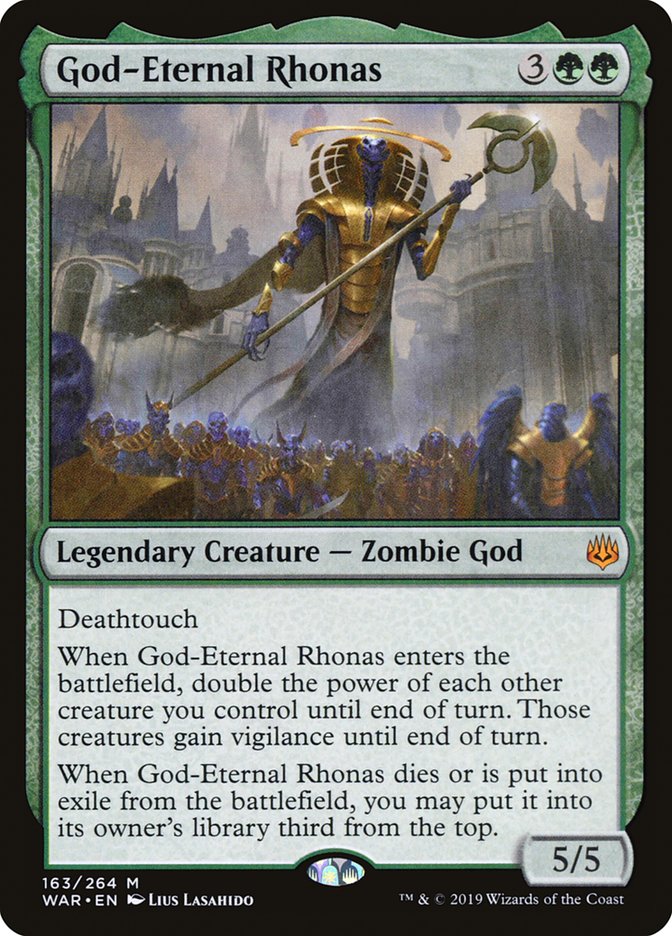
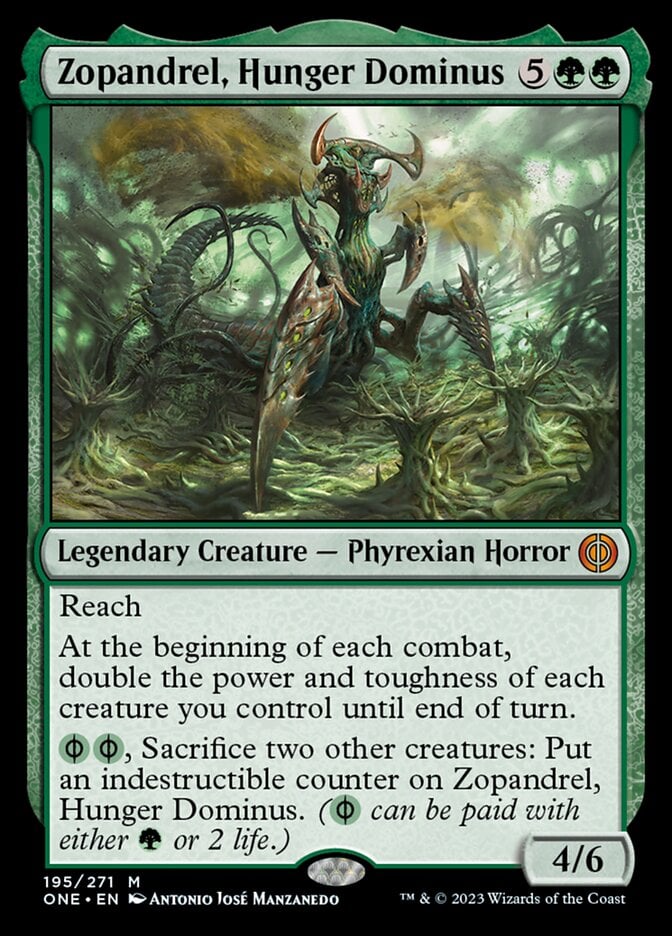

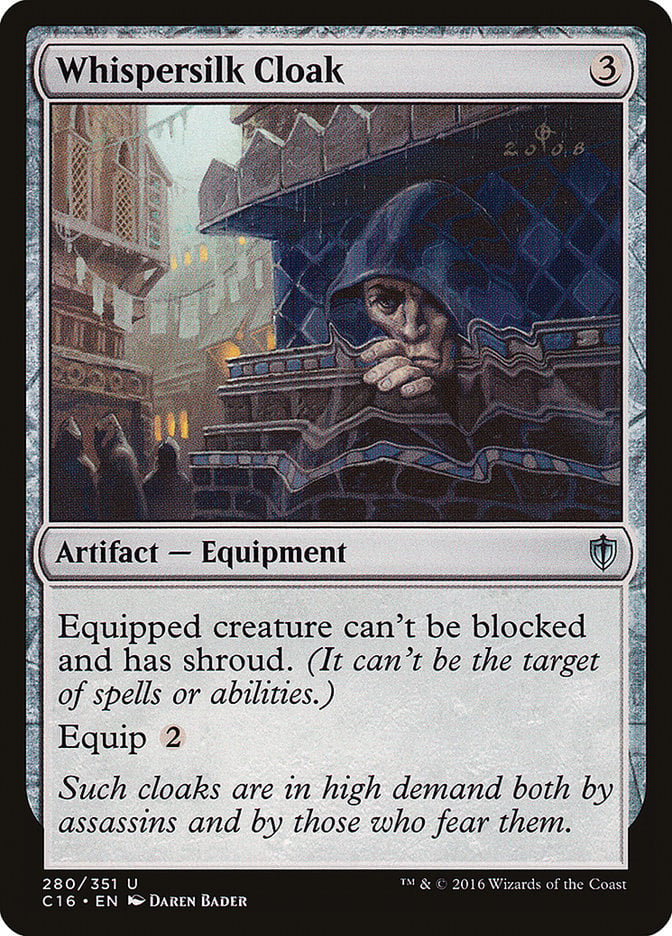
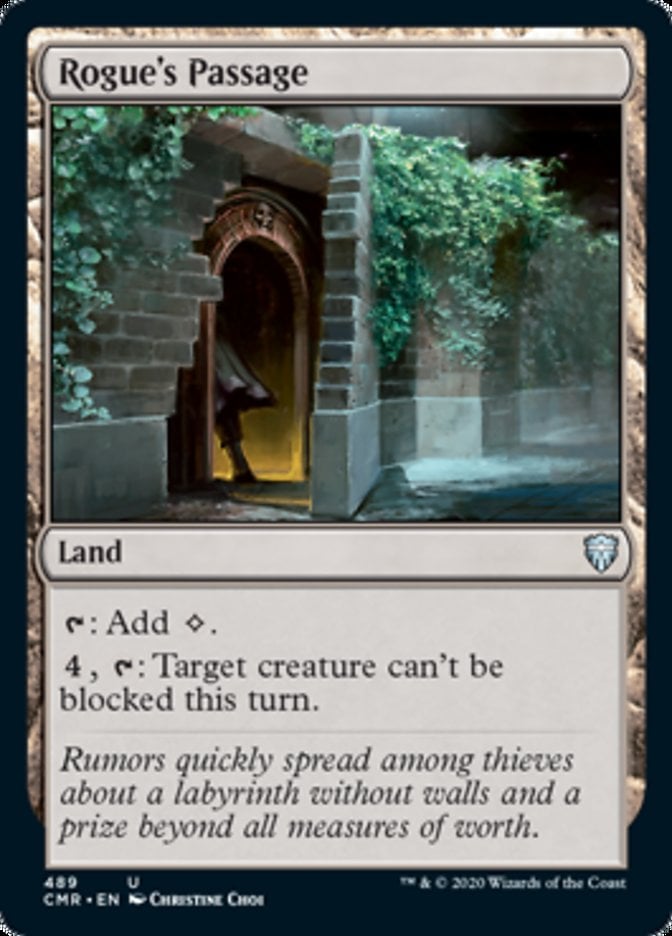
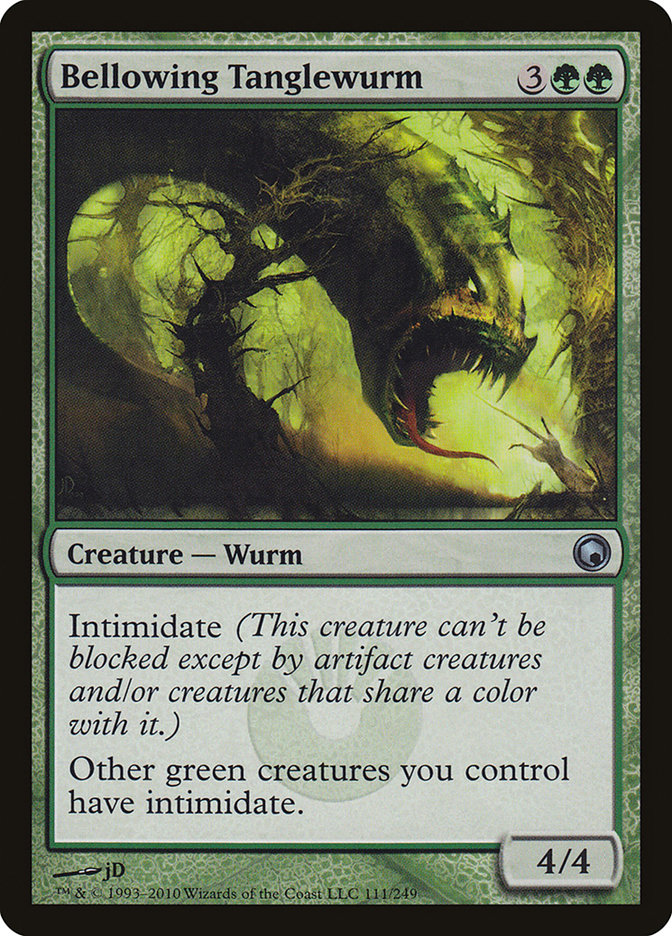


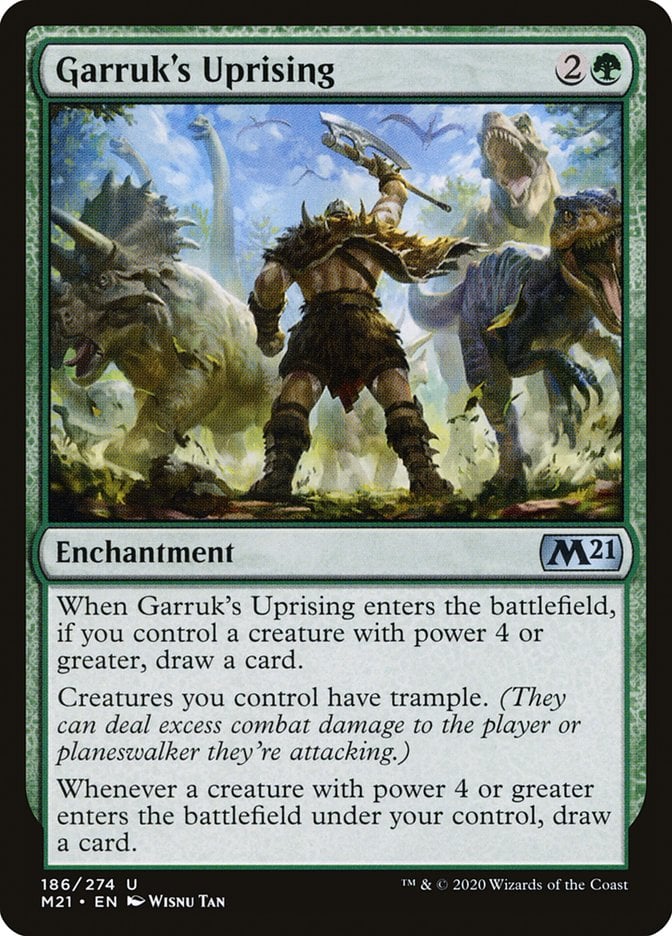


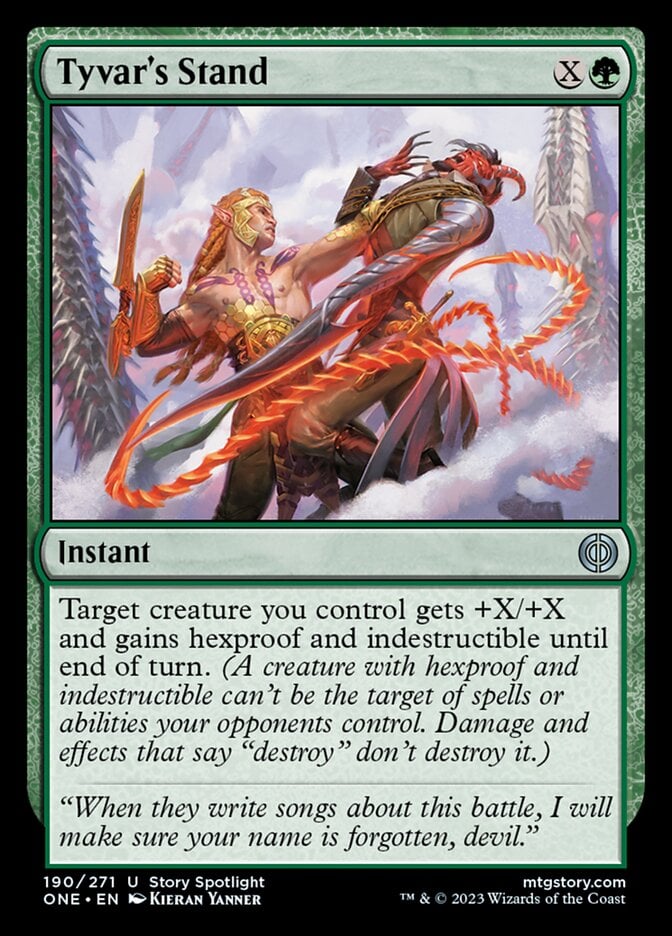
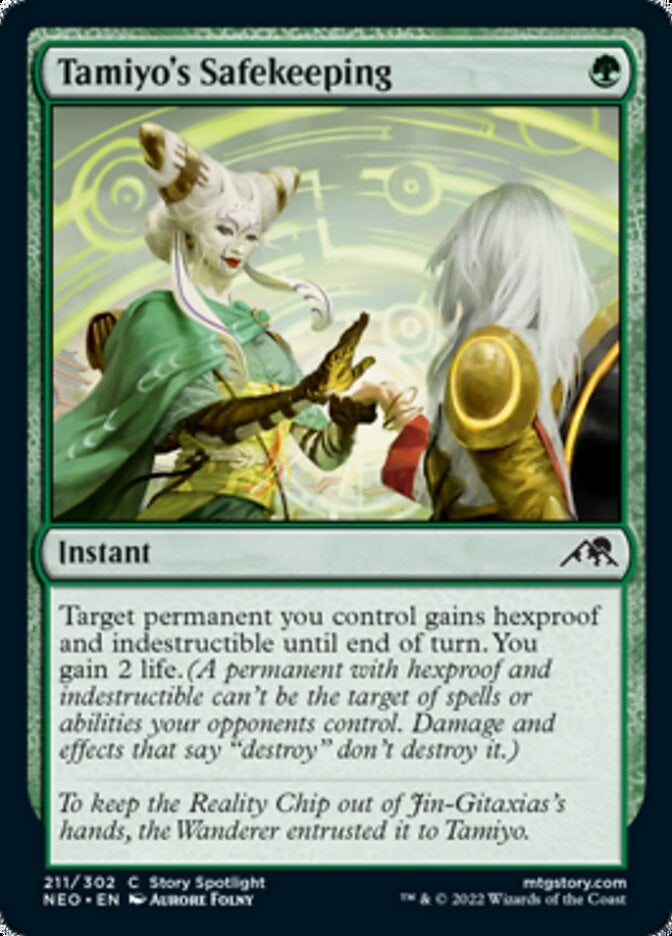

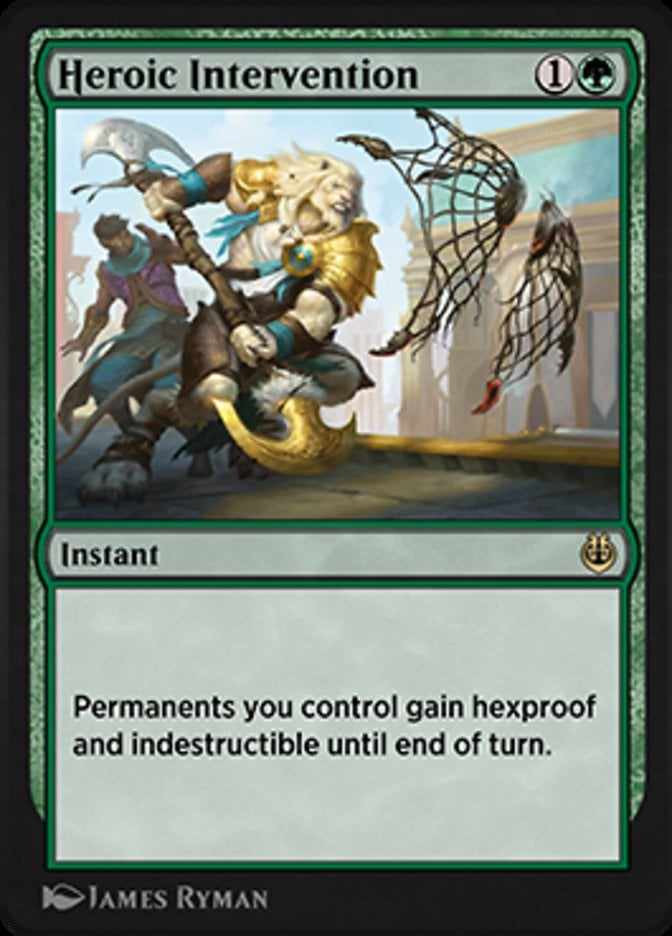

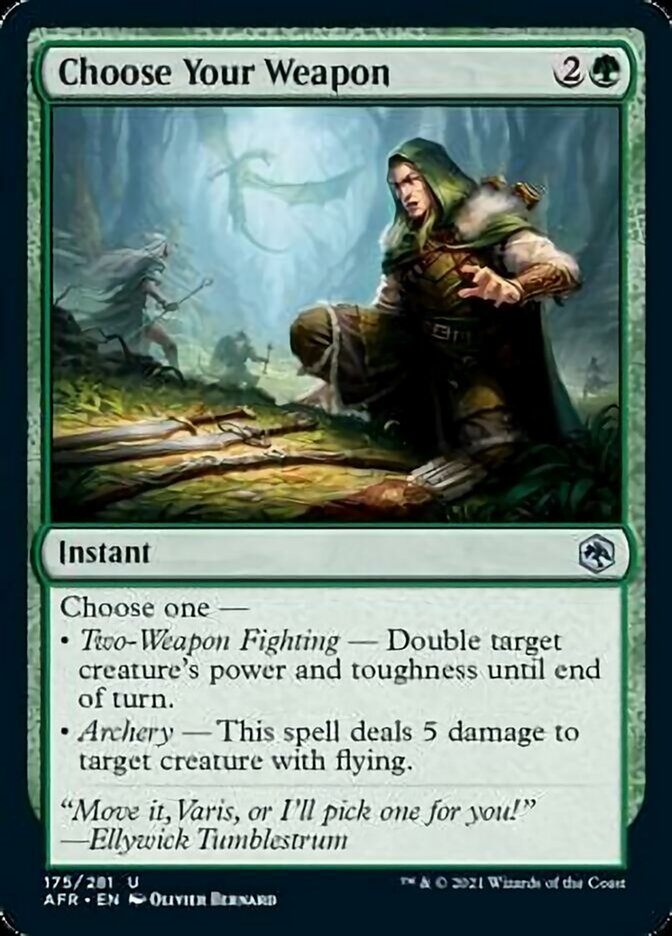
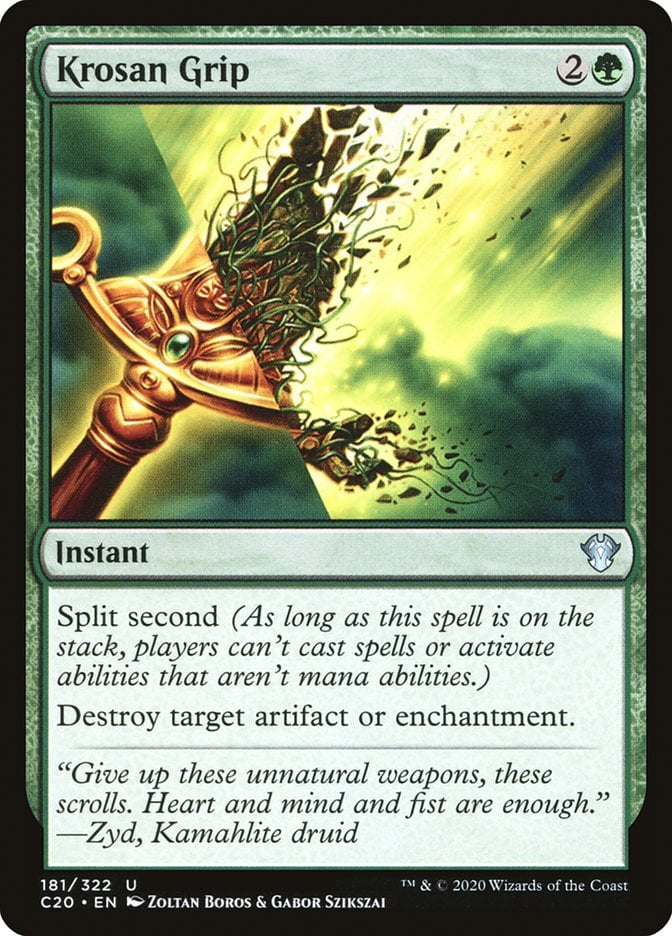

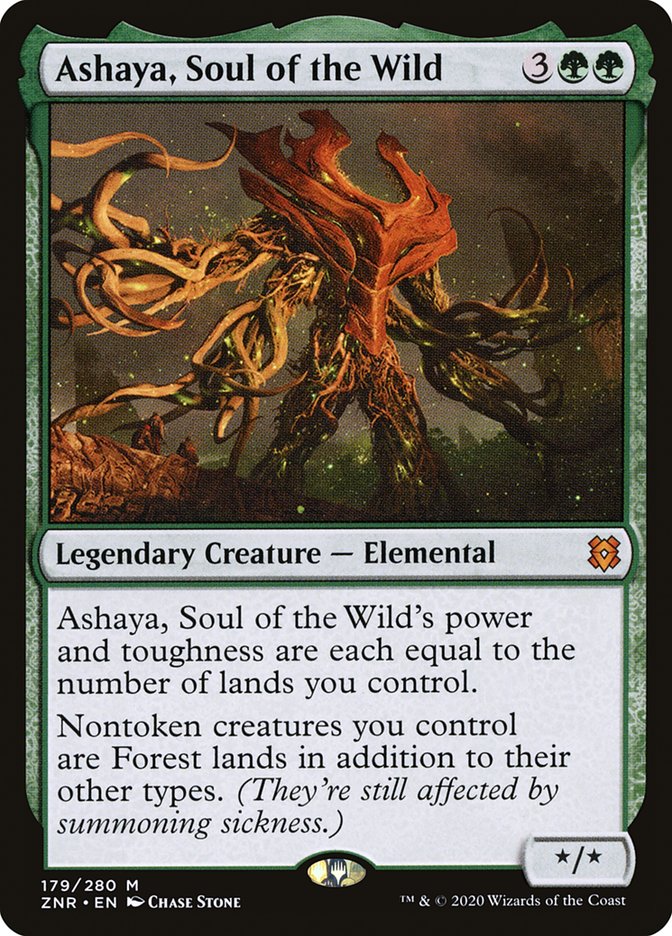

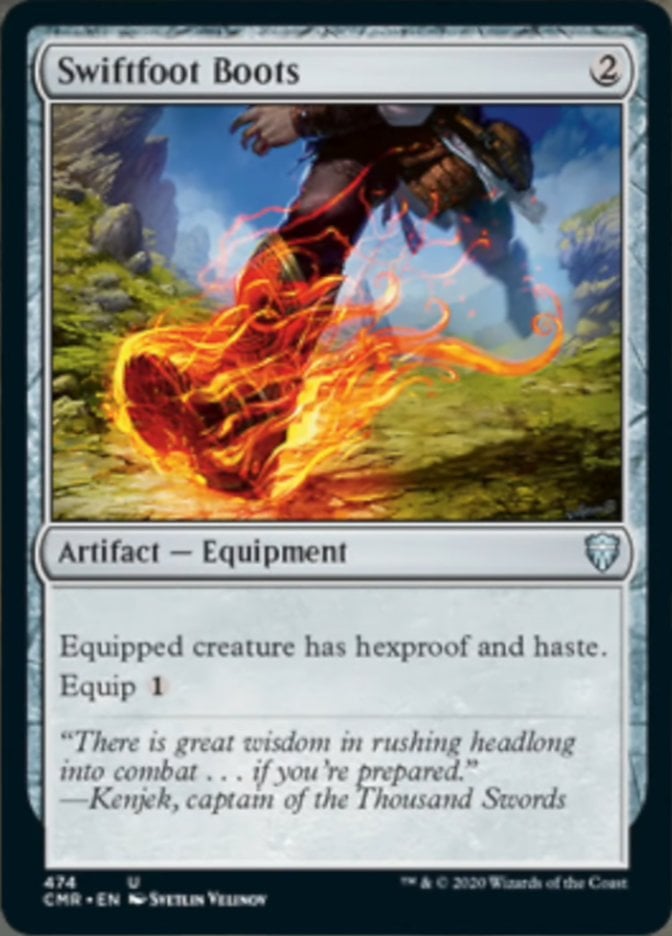

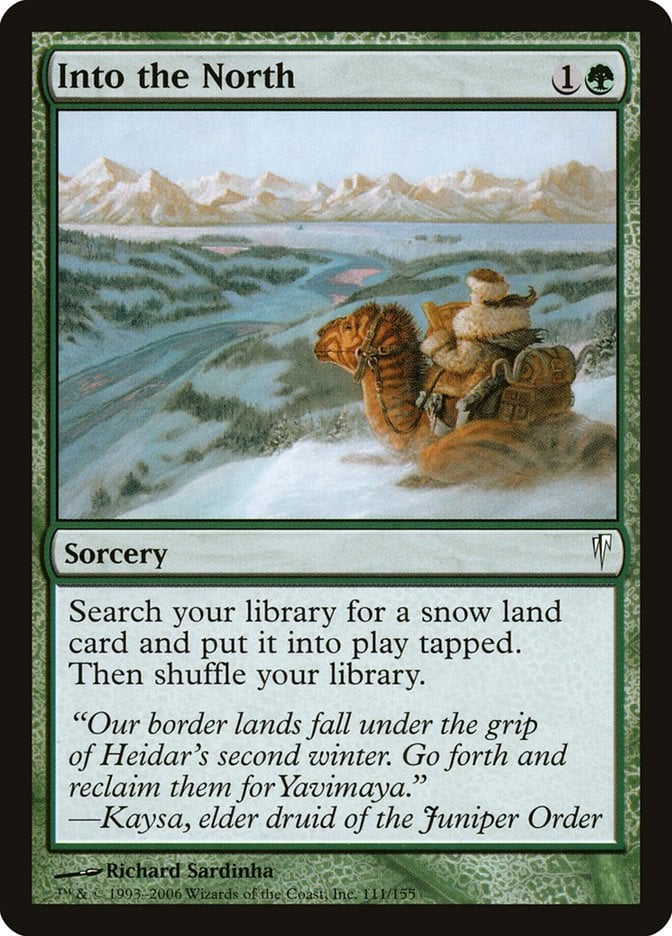
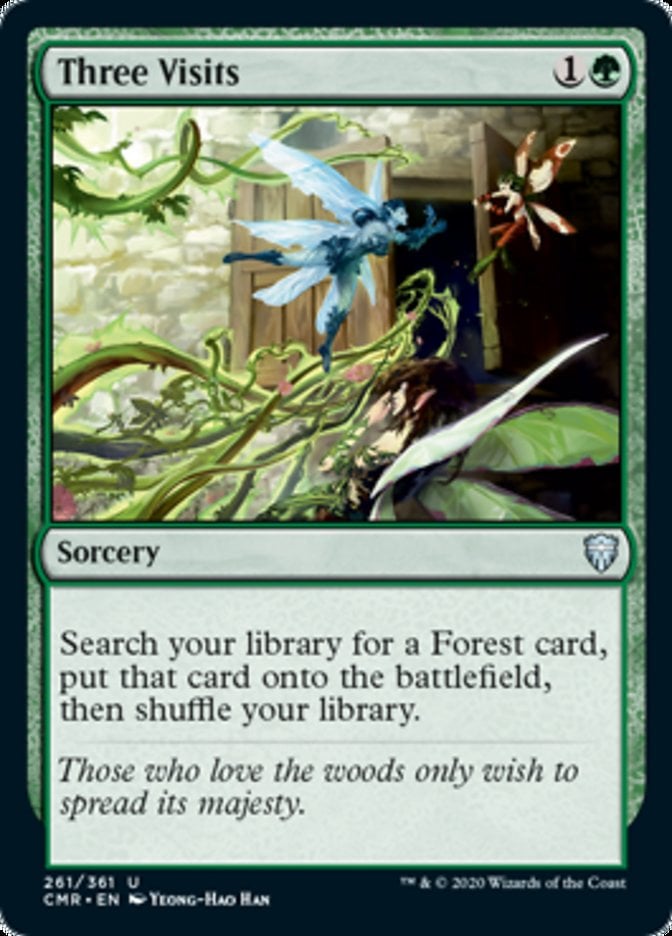
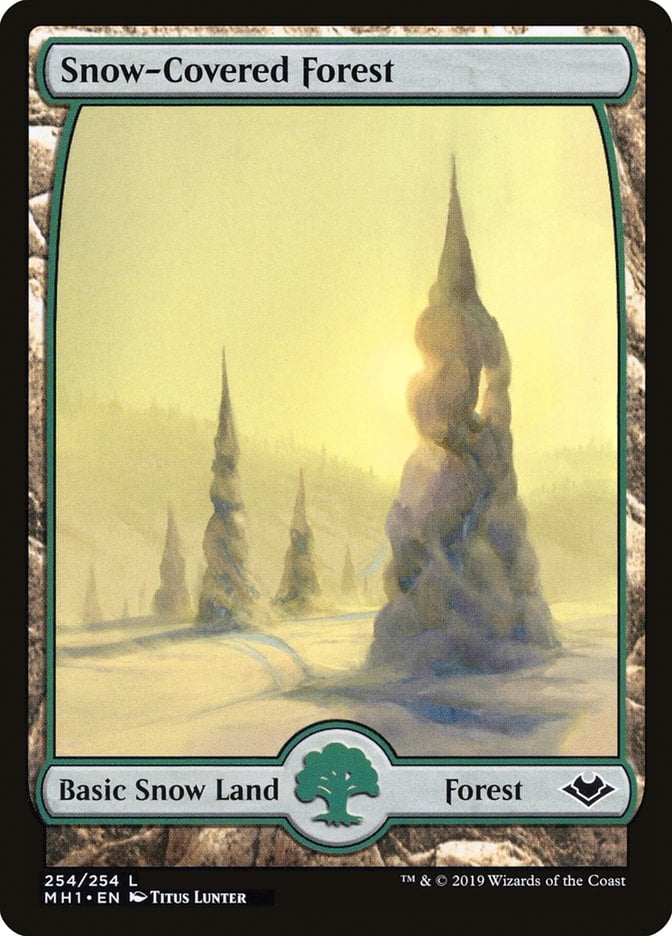
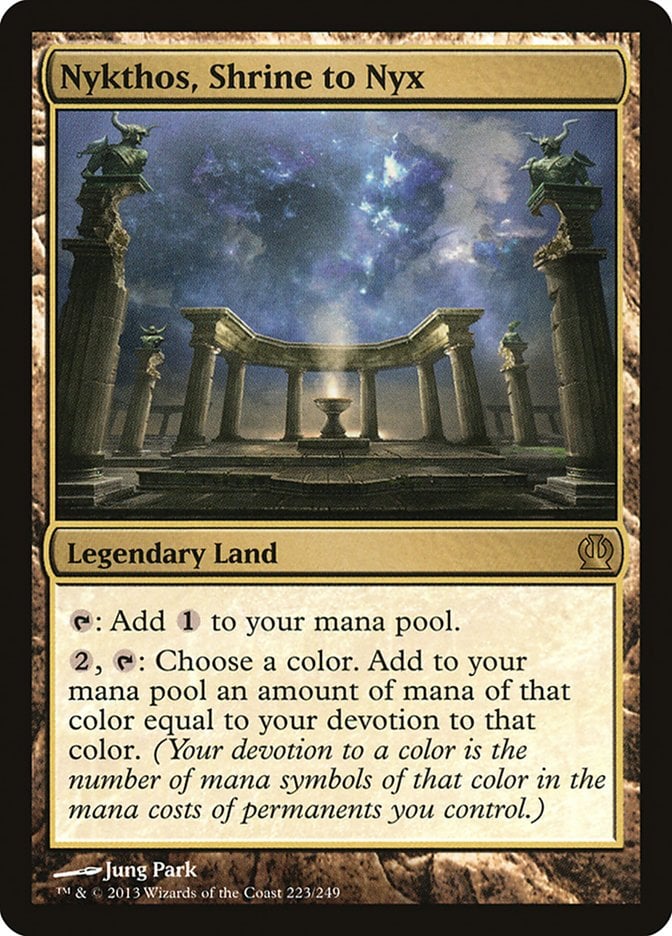
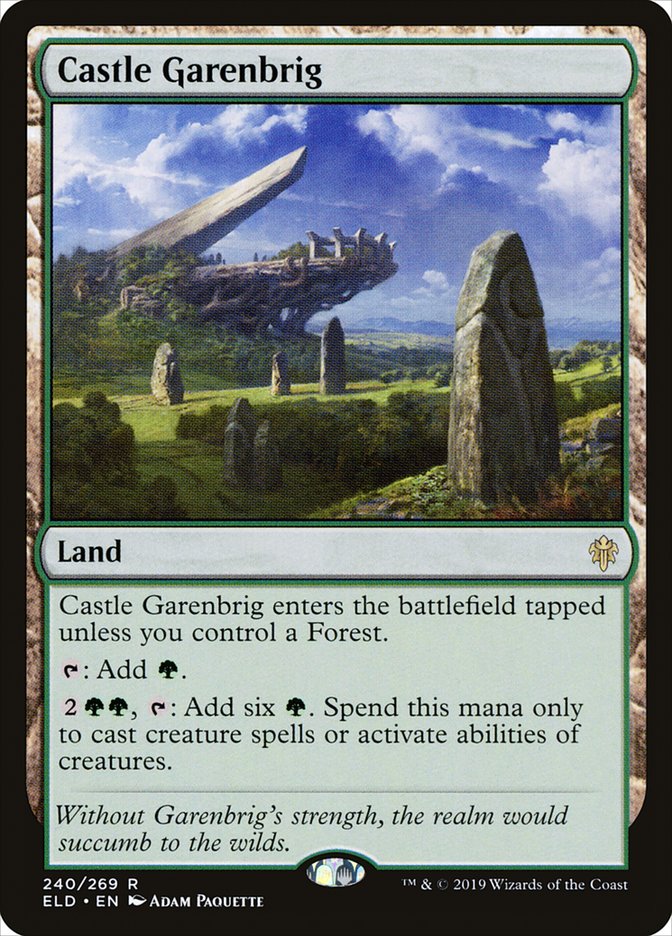

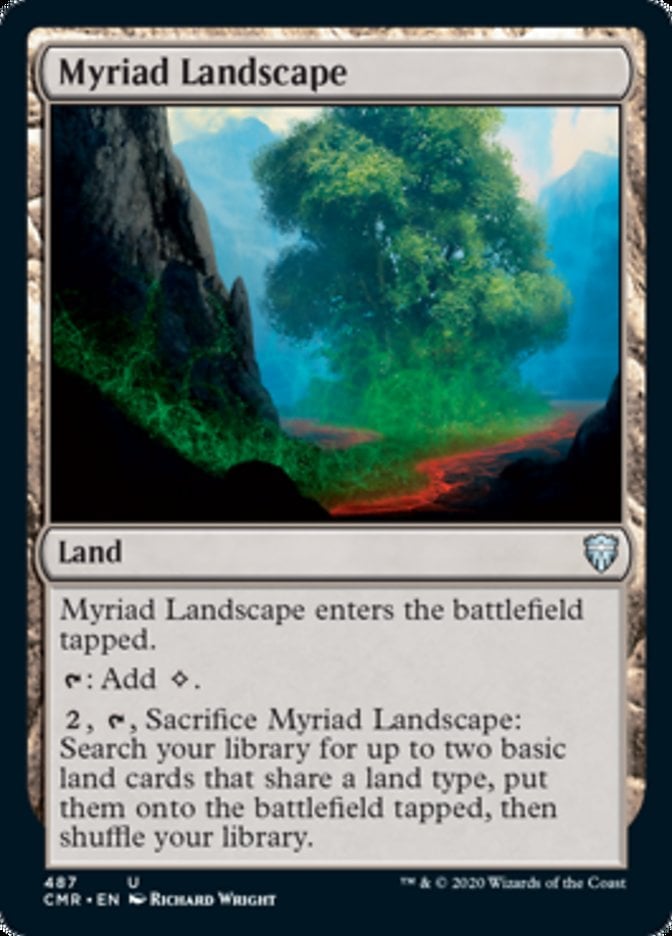
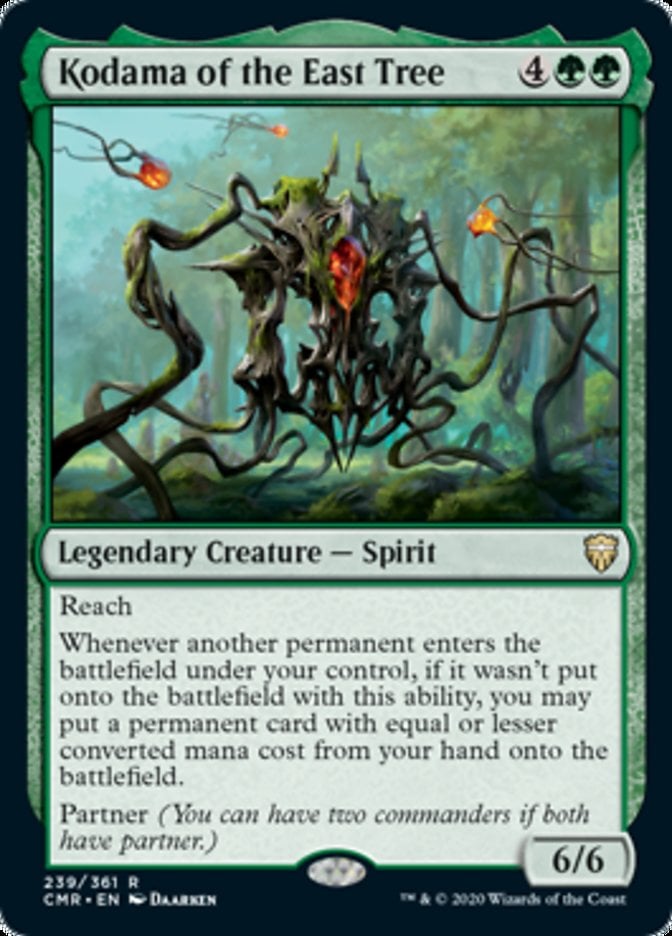
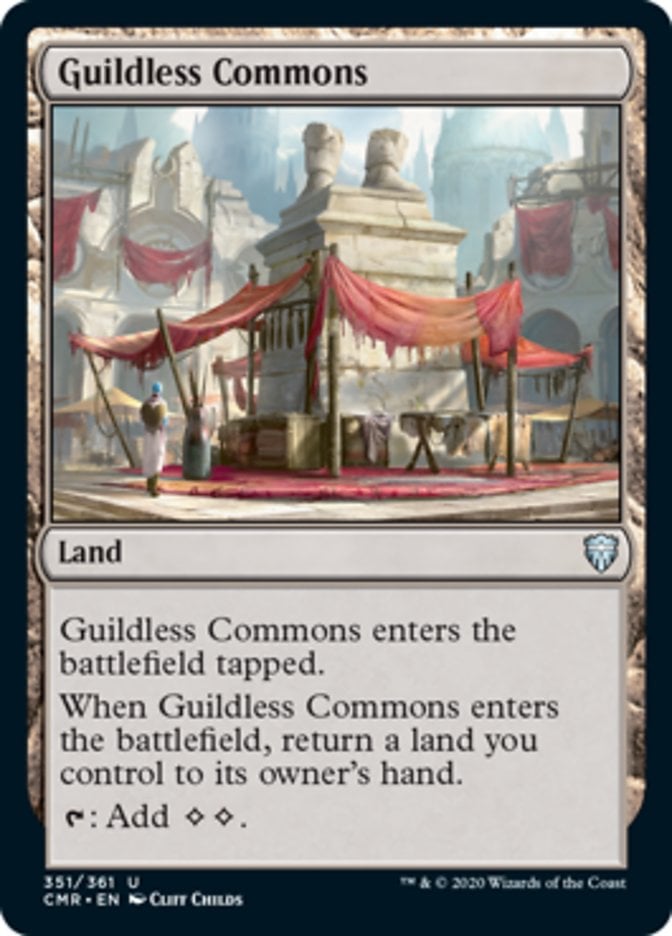
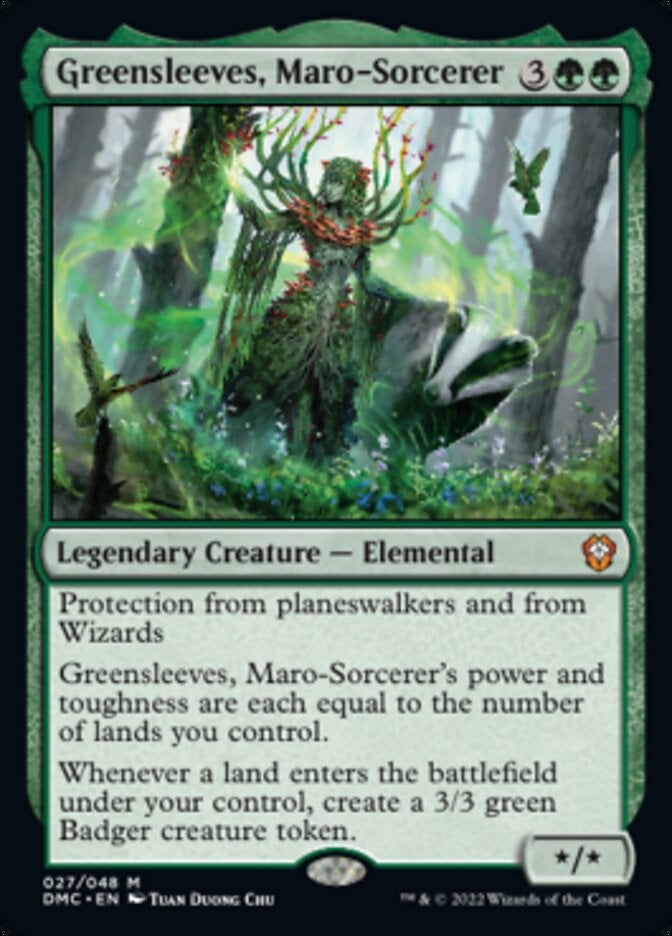
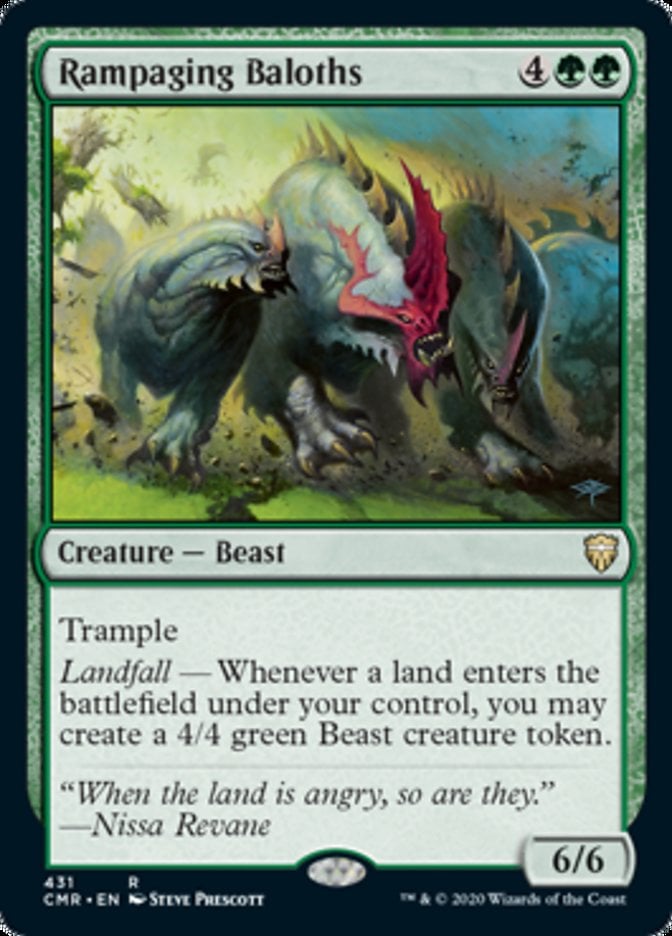
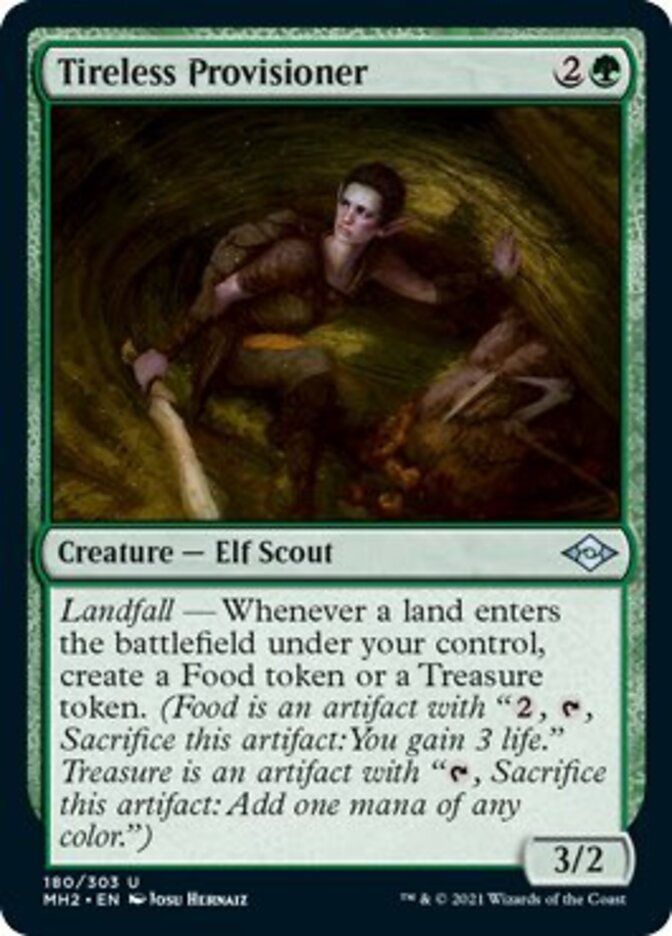

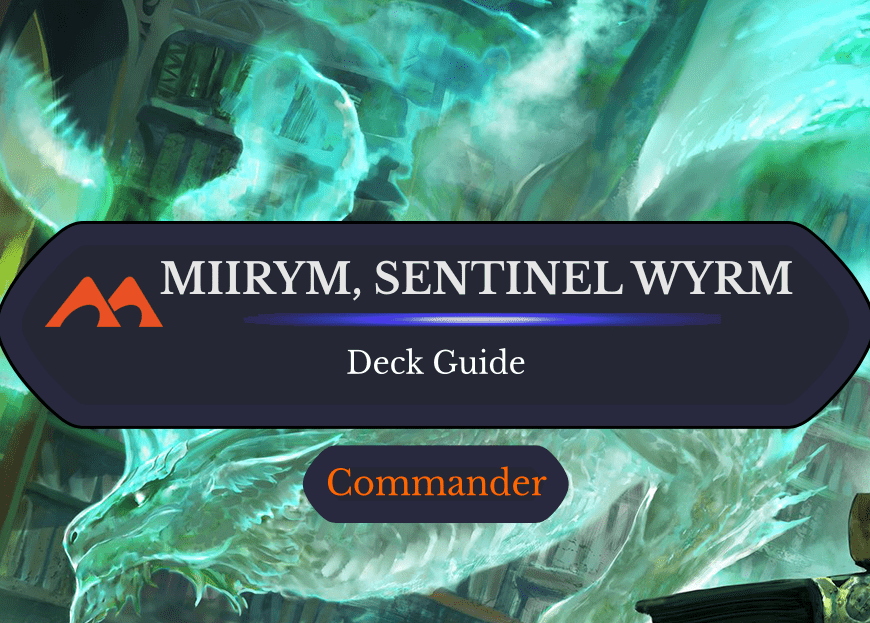
Add Comment